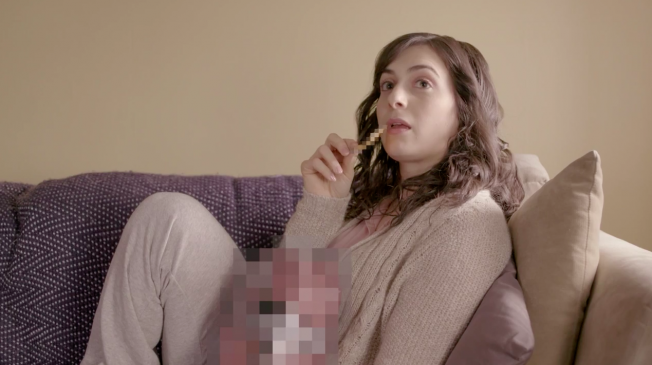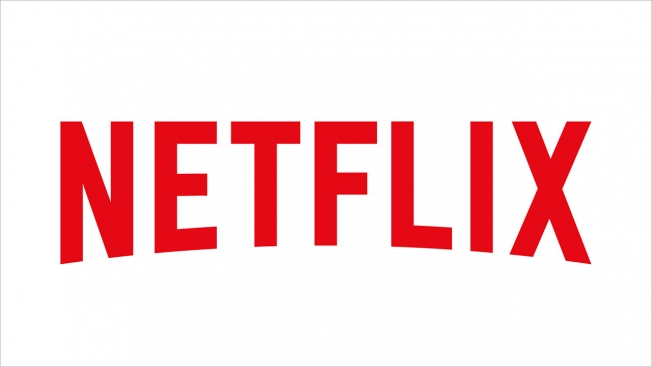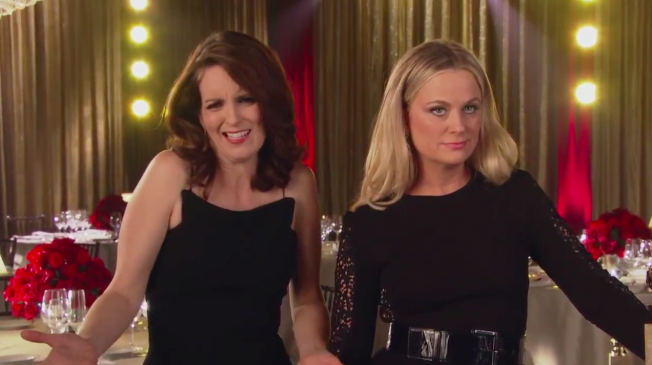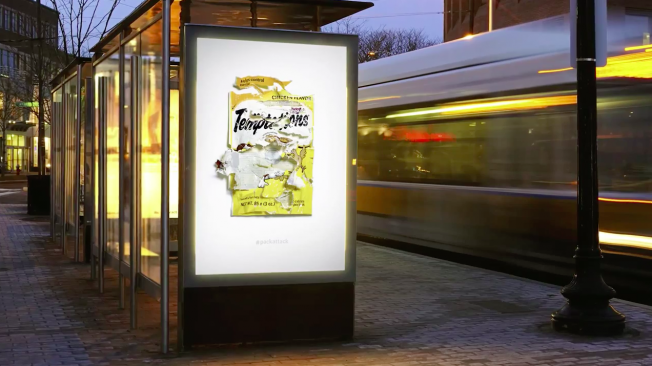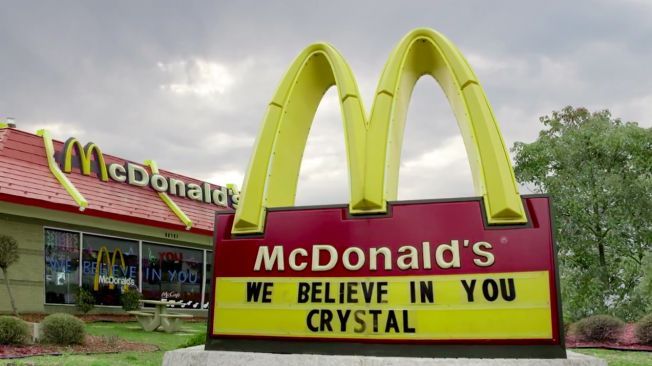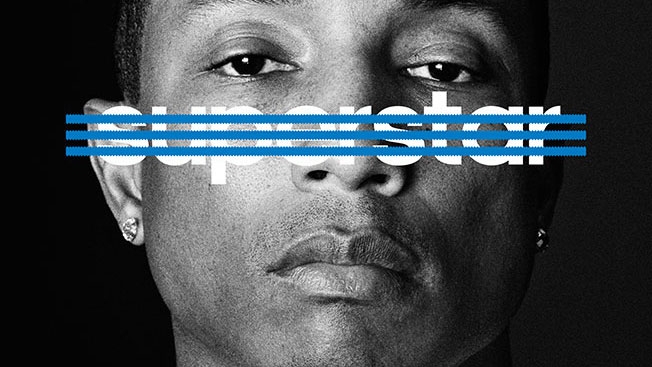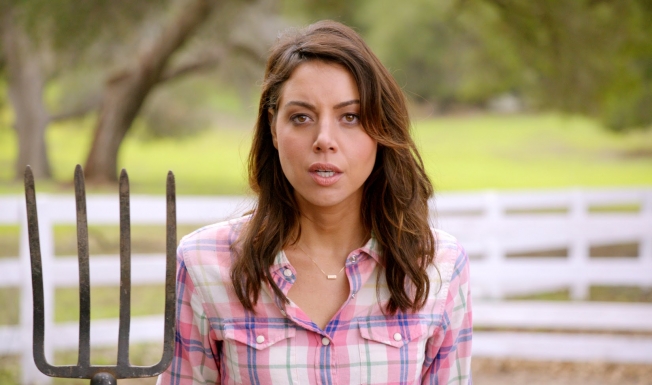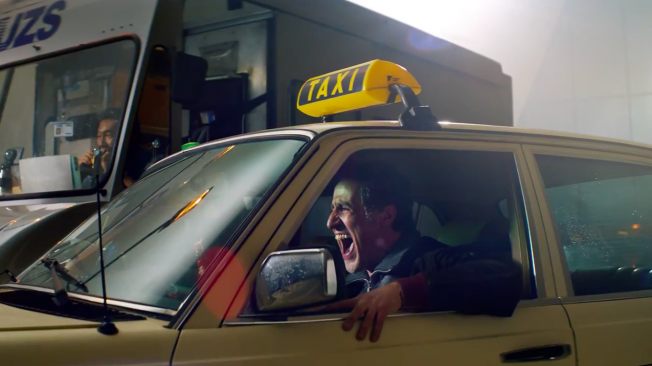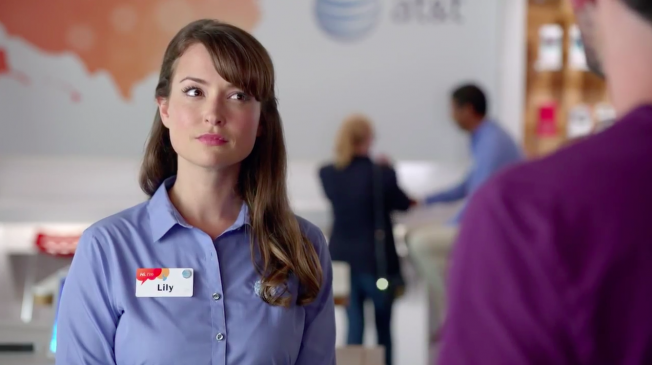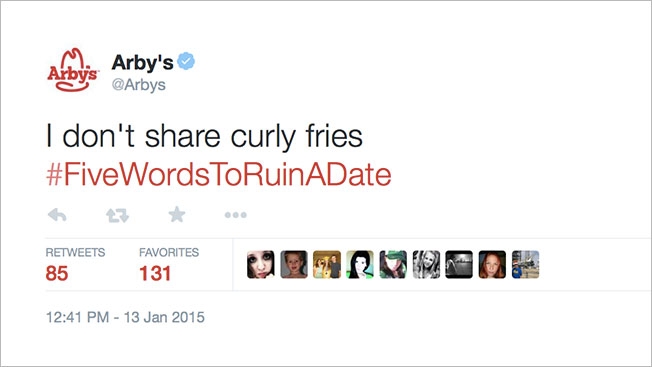![]()
2014 was a busy year for logo redesigns, but who actually improved on their old marks?
PM Digital put together the infographic below showing 11 major logo revamps from 2014. For each one, PM says whether it loved the new design, liked it, or would have preferred the old one be left alone. There are some oddities here: PM likes the new Olive Garden logo, which was widely panned, and doesn't like the new Netflix logo, which we felt was a nice evolution.
What did you think of each redesign?
Below the chart, check out some analysis from Roy DeYoung, senior vp of creative strategy at PM Digital, about each mark.
![]()
Roy DeYoung, senior vp of creative strategy at PM Digital, analyzes each new logo:
Airbnb
Airbnb made waves with their logo redesign. Whether or not Airbnb intentionally created a provocative and somewhat sexual image, the flat redesign did accomplish the challenge to communicate the brand's overhauled messaging and positioning. The company named this new symbol Bélo to indicate a sense of belonging and connectivity. Airbnb no longer thinks of itself as simple home exchange provider, but a global connector. Bélo aside, the company also cleaned up and contemporized the wordmark. We'll have to wait and see if this redesign becomes as iconic and universally recognized as Airbnb is hoping.
Pizza Hut
This year Pizza Hut overhauled its menu and needed an updated logo to support the change. To capture a millennial and mobile-focused audience's attention, and communicate their new, slew of customized menu options, Pizza Hut de-cluttered and introduced a flat logo reminiscent of a blank pizza pie covered in sauce, and awaiting customers' personalized choices. While this is definitely a radical change, the restaurant chain still managed to incorporate their iconic slanted roof symbol.
Hershey
It's difficult to look at the new Hershey logo objectively as there is a significant heritage associated with their brand emblem. However, from a pure design standpoint, the new logo is far superior as it is cleaner, easier to decipher the hierarchy and will likely pop across a variety of devices and environments. In introducing a new logo, the brand also quietly dropped the 'S, and essentially diluted ownership through this slight name change. Although, because of the historical connotations, it's likely that people will continue to refer to the brand as Hershey's rather than Hershey despite the new logo.
MLS
Coming off the heels of the World Cup, and the soccer frenzy it inspired in the United States, the MLS needed to make a smart branding move to maintain interest and capitalize on the momentum of the global tournament. Their previous and outdated youth soccer patch-like logo was desperate for a more relevant overhaul. By introducing a crest as the face of the league, the MLS is not only signifying that they're ready for a new era of American soccer, but they're also playing homage and leveraging the historical equity of the sport's European roots. With this redesign, they took a complex, unclear illustration and added more visual integrity to the organization. Additionally, the crest will reproduce well across a range of environments, from flags at matches to mobile applications.
Foursquare
Foursquare completely changed the direction of their brand this year and this logo redesign aptly communicates their new story. Now that Foursquare has siphoned their signature check-in feature to another app, the company is focused on serving customized local reviews and suggestions. The new logo is highly reminiscent of a pin you would place on a map signifying the company's authority in location targeting. The brand has also graduated from their previous rounded, multicolored, and playful typeface into a clear and commanding wordmark.
Southwest
As far as the typography goes, the wordmark treatment is a nice evolution and they have eliminated the dated convention of all-caps. While I think they needed to move away from the oversized jet, the inclusion of the heart is puzzling. The brand is clearly trying to indicate a position of customer first but it doesn't align with the brand. Southwest has carved out its niche in the industry by putting price first- and the strategy seemingly works for them! Travelers choose Southwest to get the best price, not necessarily the best flying experience. The updated logo deviates from the essence of the brand.
Reebok
Reebok's logo redesign offers a slight, yet contemporary, clean-up of the typographic treatment of their brand name. While the font evolution is positive, the symbol within the new logo is challenging. Although the previous logo shared undertones of Reebok's competitors (Adidas and Nike) the new logo also does not feel completely original. The red triangle is reminiscent of both Citgo and Mitsubishi and will likely fail to achieve an instantly recognizable and differentiating status. Although introducing a color into the logo was a strong choice, this logo feels like a cop-out, or at least an unfinished product.
Netflix
Netflix's logo update managed to fly under the radar because the changes were fairly minimal, which doesn't necessarily constitute diminishment. Netflix must have decided it was time to clean up as this update, and the elimination of the drop shadow, has introduced a logo that is tidy and unblemished. Yes, the drop shadow might be dated from a design perspective, but it gave Netflix's previous logo a hint of nostalgia for the vintage, back-lit cinema marquees. In following the design trends of today, Netflix has forgone the subtle homage to classic Hollywood movies to usher in a new brand era.
Olive Garden
Olive Garden's logo update was a long-needed move. The predecessor to this update was not really a logo, it was a sign. Now with the shift to a logo, Olive Garden can confidently deploy its brand emblem across a range of environments and screen sizes. Olive Garden also implemented subtle repositioning through switching out Italian Restaurant in favor of Italian Kitchen under the brand name. This update showcases cleaner lines and more balance which will help make an impact within digital promotions.
Black + Decker
Like everyone else this year Black + Decker went flat. The previous Black + Decker logo was iconic and ingrained within the mind of consumers across every generation. The updated logo is straightforward and painstakingly clean. Additionally, the company also switched out the "&" in favor of the more timely "+" sign. Black + Decker is completely on top of the design trends of 2014, but in favor of gaining a trendier status symbol, they may have seceded some emotional connectivity that identified the brand to so many consumers.
PayPal
To mark the dissolution of their longtime marriage to Ebay, PayPal introduced a logo overhaul fit to usher the brand into this new era. The eye catching overlaid Ps express motion and, subliminally, transaction. However, the redesign feels incomplete as there are inconsistencies within the typography as the kerning between the letters are slightly off. While this is a good step in the right direction, PayPal should reconsider another round of touch-ups to finish the job.

